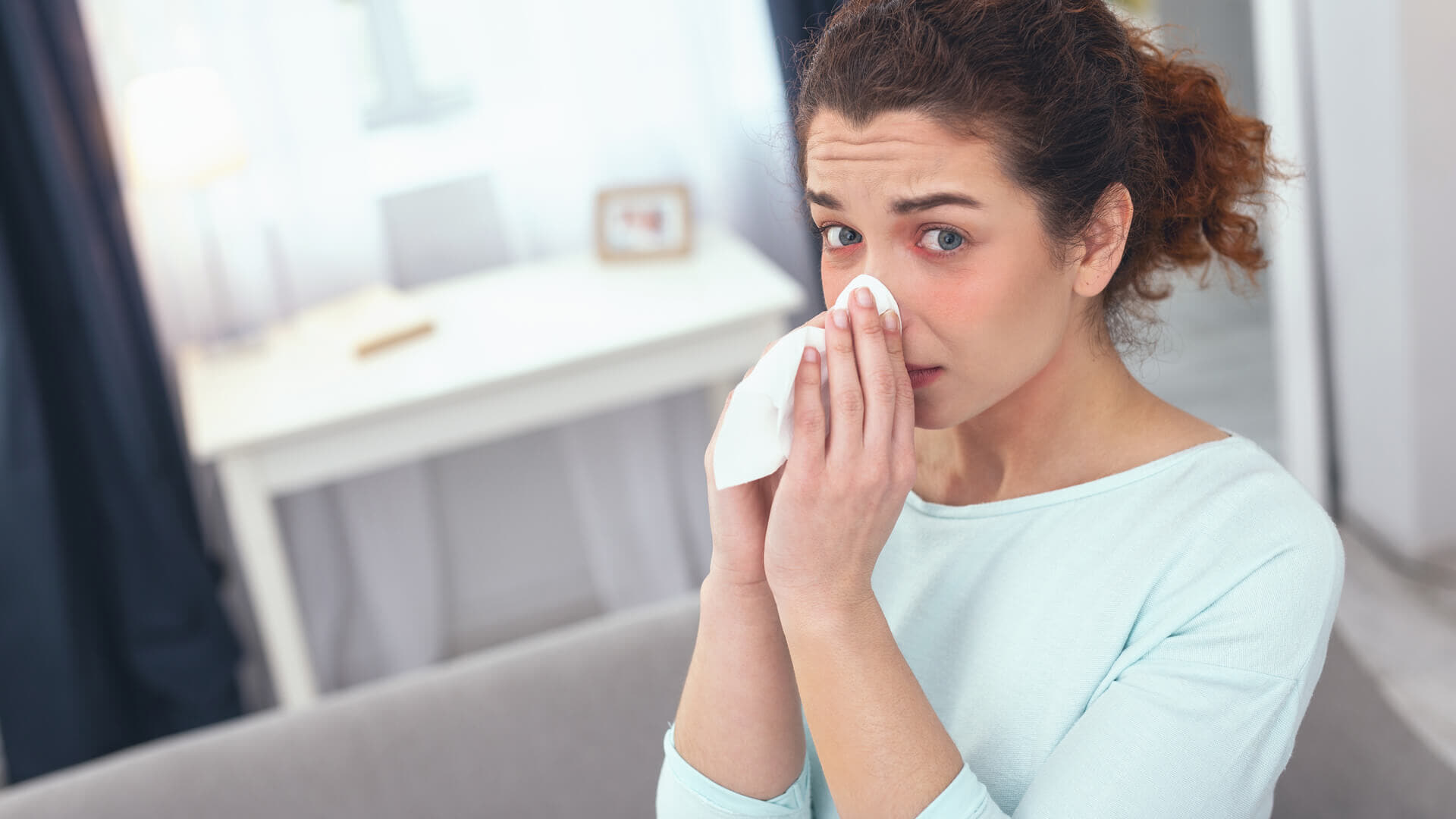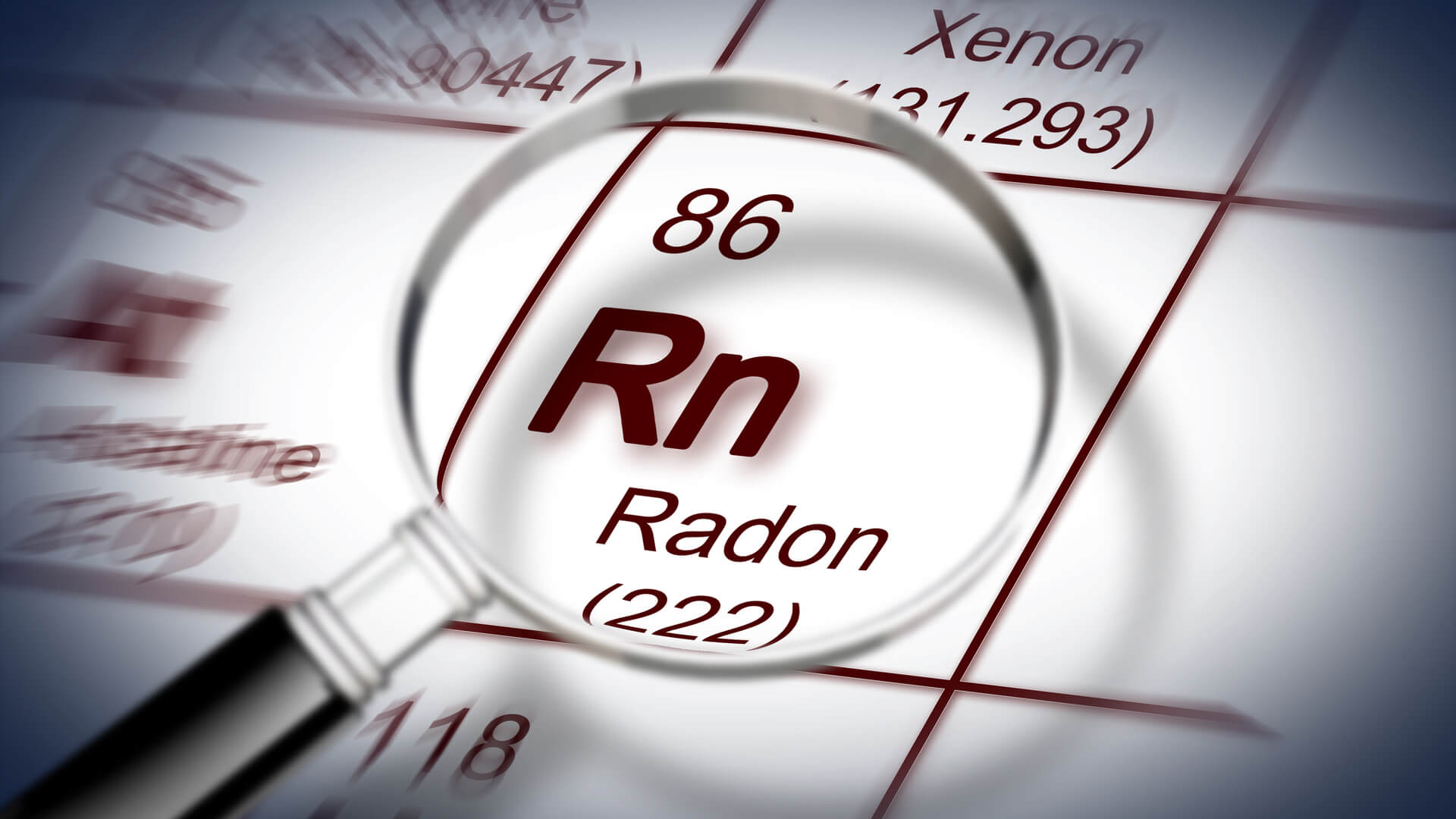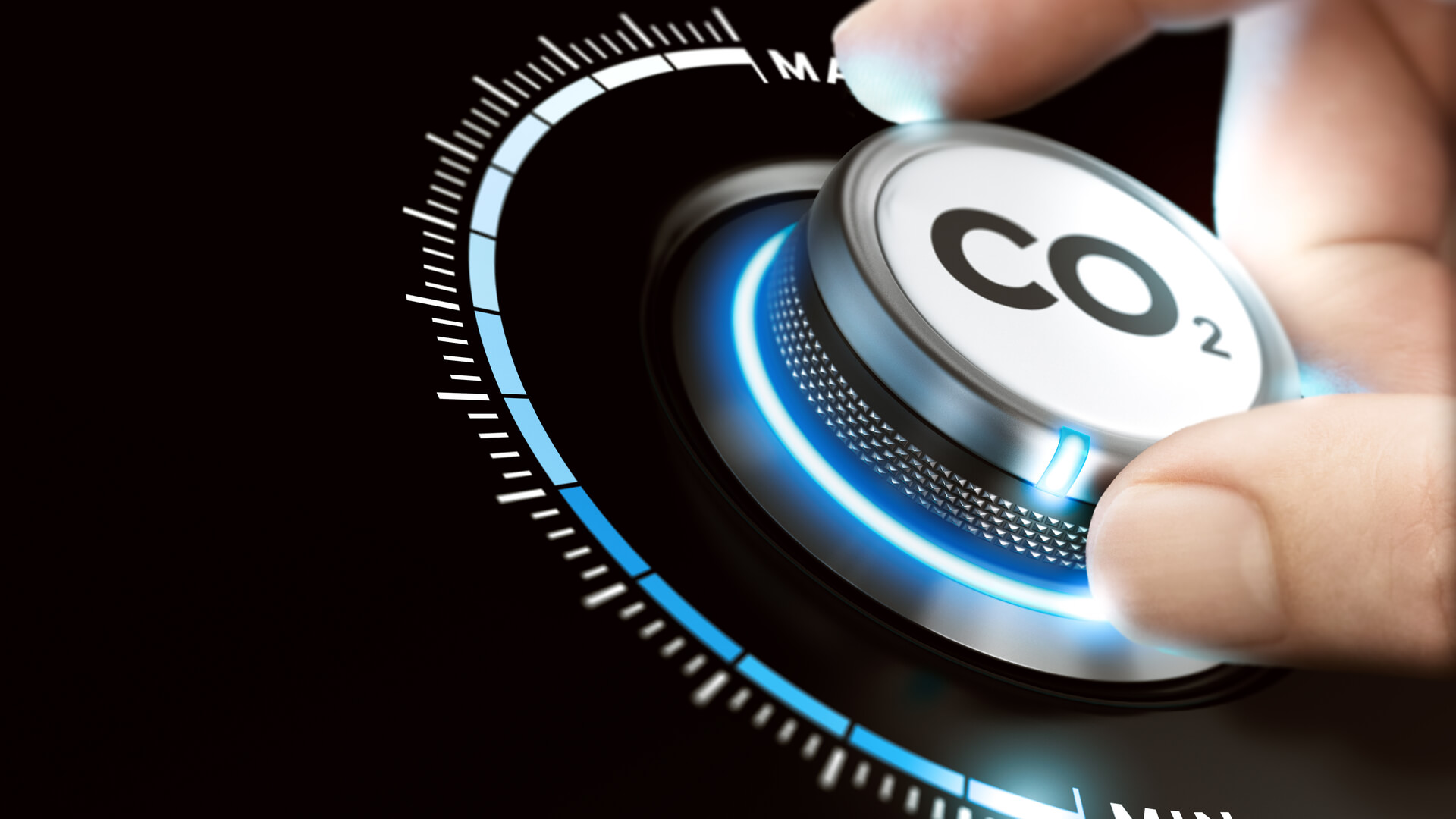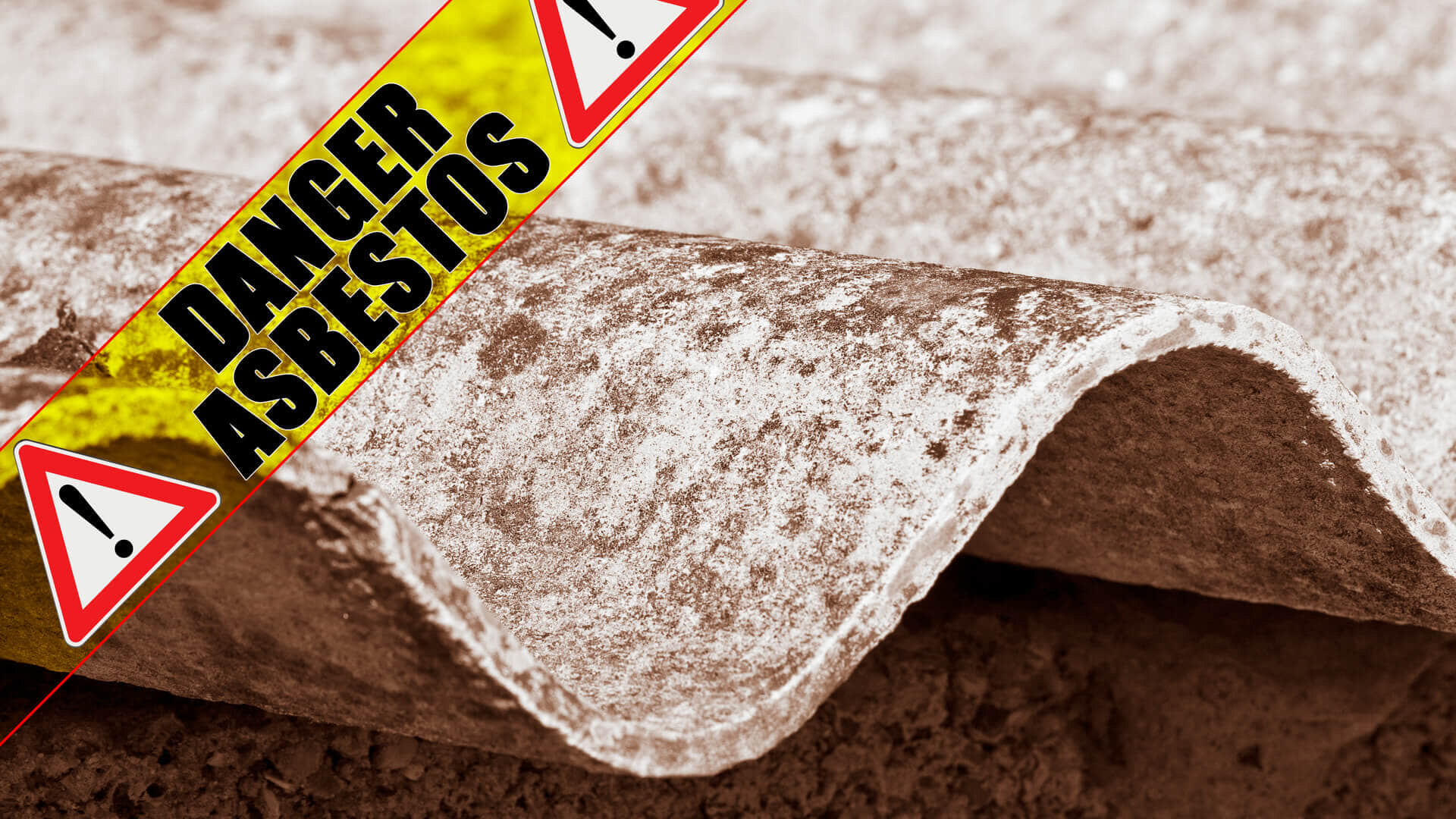Top 9 Health Benefits of Air Purifiers
Pollution is prevalent in our modern lives: We breathe contaminated air in the car, in the street, in commercial buildings, and even in our homes. It is commonly accepted that the level of airborne particulates in our homes is higher than the levels outside.
Why would this be the case? One factor is that the air is trapped inside and thus doesn’t circulate. Some call this “stale air,” as it doesn’t enjoy the same continuously refreshing circulation of the air that occurs outside. To improve this stale air, many people place their trust in air purifiers. With HEPA technology, a good air filter system can remove 99.7 percent of airborne particulates to a size of 3 microns. With an ionizer producing negatively charged ions, it can positively charge those nasty particles that don’t get trapped in the filter, so they fall to the ground and get vacuumed away.
But what are the health benefits of an air purifier? We decided to look in detail so you can make an informed decision about whether an air purifier is the answer to cleaner air in your home.
Allaying Allergens

Simple things can trigger an allergic reaction – pets, pollen, and dust mites to name a few – but how does an air purifier help reduce the effects? Air purifiers work by drawing in the polluted air and passing it through a filtration system. Some purifiers have 3-stage purification that consists of a pre-filter (usually active carbon), a HEPA filter, and an Ionizer that releases negatively charged ions into the atmosphere that then positively charge airborne particles to make them so heavy that they fall to the ground. Make sure that when you are shopping for a purifier, it isn’t going to produce ozone, as some do.
If you can remove the vast majority of the pollutants, you decrease the risk of breathing them in, which reduces the amount of immunoglobulin E (IgE), the antibodies that the body produces to fight infection and that can cause an allergic reaction.
Tackling Tobacco Smoke

Passive smoking is equally as dangerous as smoking, especially for young, underdeveloped lungs. It can cause asthma, pneumonia, bronchitis, and heart disease, and if you have elderly relatives, it can aggravate lung conditions like emphysema and can trigger dementia.
Air purifiers with HEPA filters can trap pollutants up to 3 microns, which means that most tobacco smoke is filtered from the atmosphere to decrease these risks. If smoke is your main concern, you might want to invest in a filtration system that has a 3-stage process: pre-activated carbon filtration, HEPA, and UV-C or ionizer. The activated carbon can also remove smoke particles from the air because the particles become absorbed on the porous carbon surface.
Alleviating Asthma

According to the American Academy of Allergy, Asthma, and Immunology (AAAAI), asthma is one of the most common chronic diseases in young Americans and causes over 10 million missed school days every year. People living with asthma have inflamed bronchial tubes, and when something triggers the condition, like dust, pet dander, or tobacco smoke, the muscles around the airways tighten and restrict breathing.
Asthma triggers like mold spores and dust mites may be present in the home, but air purifiers might offer the best chance of removing them from the atmosphere. HEPA filters are effective at removing pet dander, dust mites, and tobacco smoke from the air and can reduce the chances of inflammation.
Relinquishing Radon Gas

Radon gas may not be a term with which you are familiar, but it is surprisingly common. Radon is caused by naturally formed uranium in soil, rock, and water. Where you live determines the level of radon gas; for example, if you live in an area where granite rock is more commonly found, you may suffer higher radon levels than if you live near the coast.
Radon Risk if You Have Never Smoked
| Radon Level | If 1,000 people who never smoked were exposed to this level over a lifetime*… | The risk of cancer from radon exposure compares to**… | WHAT TO DO: |
| 20 pCi/L | About 36 people could get lung cancer | 35 times the risk of drowning | Fix your home |
| 10 pCi/L | About 18 people could get lung cancer | 20 times the risk of dying in a home fire | Fix your home |
| 8 pCi/L | About 15 people could get lung cancer | 4 times the risk of dying in a fall | Fix your home |
| 4 pCi/L | About 7 people could get lung cancer | The risk of dying in a car crash | Fix your home |
| 2 pCi/L | About 4 people could get lung cancer | The risk of dying from poison | Consider fixing between 2 and 4 pCi/L |
| 1.3 pCi/L | About 2 people could get lung cancer | (Average indoor radon level) | (Reducing radon levels below 2 pCi/L is difficult.) |
| 0.4 pCi/L | (Average outdoor radon level) | ||
| Note: If you are a former smoker, your risk may be higher. * Lifetime risk of lung cancer deaths from EPA Assessment of Risks from Radon in Homes (EPA 402-R-03-003). ** Comparison data calculated using the Centers for Disease Control and Prevention’s 1999-2001 National Center for Injury Prevention and Control Reports. | |||
| Radon Level | If 1,000 people who never smoked were exposed to this level over a lifetime*… |
|---|---|
| 20 pCi/L | About 36 people could get lung cancer |
| 10 pCi/L | About 18 people could get lung cancer |
| 8 pCi/L | About 15 people could get lung cancer |
| 4 pCi/L | About 7 people could get lung cancer |
| 2 pCi/L | About 4 people could get lung cancer |
| 1.3 pCi/L | About 2 people could get lung cancer |
| 0.4 pCi/L |
| Radon Level | The risk of cancer from radon exposure compares to**… |
|---|---|
| 20 pCi/L | 35 times the risk of drowning |
| 10 pCi/L | 20 times the risk of drowning |
| 8 pCi/L | 4 times the risk of drowning |
| 4 pCi/L | The risk of dying in a car crash |
| 2 pCi/L | The risk of dying from poison |
| 1.3 pCi/L | (Average indoor radon level) |
| 0.4 pCi/L | (Average outdoor radon level) |
| Radon Level | WHAT TO DO: |
|---|---|
| 20 pCi/L | Fix your home |
| 10 pCi/L | Fix your home |
| 8 pCi/L | Fix your home |
| 4 pCi/L | Fix your home |
| 2 pCi/L | Consider fixing between 2 and 4 pCi/L |
| 1.3 pCi/L | (Reducing radon levels below 2 pCi/L is difficult.) |
| 0.4 pCi/L | (Reducing radon levels below 2 pCi/L is difficult.) |
| Note: If you are a former smoker, your risk may be higher. * Lifetime risk of lung cancer deaths from EPA Assessment of Risks from Radon in Homes (EPA 402-R-03-003). ** Comparison data calculated using the Centers for Disease Control and Prevention’s 1999-2001 National Center for Injury Prevention and Control Reports. |
According to a study by the EPA, it calculated that there could be as many as 21,000 deaths annually in the US related to lung cancer caused by radon gas, which is typically found in schools, homes, and the workplace. The gas gets released through cracks in the buildings floor, brickwork, and plaster, as well as exposed pipework, and those exposed to high levels due to occupational hazards are particularly vulnerable.
Current recommendations to reduce radon levels include increased ventilation and subfloor depressurization, better building maintenance, and air purification. An air purifier will improve the breathable air and trap the majority of radon particles in the filters. If won’t eliminate them altogether, but it will improve your chances of fighting any effects of radon gas.
Expelling External Pollutants

With the windows and doors closed, we may feel safe from the pervasive elements of external polluted air, but houses are not built to be completely airtight and sealed like a laboratory. They are designed to breathe and circulate dead air, which means that outside dangers are likely to seep inside.
The internal combustion engine produces carbon dioxide, a deadly by-product in the exhaust fumes that, when exposed to in significant levels, will kill you. Diesel engines have been graded a “Category 1 carcinogen” by the World Health Organization, stating that:
“The scientific evidence was reviewed thoroughly by the Working Group and overall it was concluded that there was sufficient evidence in humans for the carcinogenicity of diesel exhaust. The Working Group found that diesel exhaust is a cause of lung cancer (sufficient evidence) and also noted a positive association (limited evidence) with an increased risk of bladder cancer.” IARC Press Release , [pdf] June 2012
Diesel engines in particular commonly produce black carbon which contains deadly particulates that sit in the atmosphere.
Air purifiers are effective at removing these particulates and trapping them in the HEPA filter. Active carbon absorbs these carcinogens, bonding them to its surface and thus leaving your home’s air refreshingly clean.
Cutting Out Carbon Dioxide

Every time we breathe, we inhale oxygen and expel carbon dioxide. Our pets do the same, so it is not surprising that our homes are filled with polluted air, especially when you see the improvements we have made to things like windows, doors, and building materials.
It seems we’ve become so obsessed with trapping in the heat to reduce our carbon footprint and to minimize the costs of energy bills that we’ve almost lost sight of the quality of the air we breathe. If we trap our air, though, then we will be breathing in larger concentrations of carbon dioxide, which, in large amounts, is a poison that could lead to death. The symptoms are drowsiness, headaches, weakness, shortness of breath, increased heart rate, sweatiness, and nausea. If left untreated eventually you drift into unconsciousness and ultimately death.
HEPA air purifiers cleanse the atmosphere, circulating clean, filtered air inside the room to reduce the risks of the effects of carbon dioxide.
Volatile Organic Compounds

Volatile organic compounds (VOCs) are commonly found in many objects and coverings around the home: paint on the wall, furnishings, dry cleaned clothing, aerosols, air fresheners, the list is endless. The effects can manifest themselves as nausea, stinging eyes, burning throat and a strange odor in the home. These pollutants can cause leukemia and other dangers if left unchecked.
By installing a HEPA air purifier, you control the odors, while the offending particles get trapped in the filtration system, reducing the risk to health.
Avoiding Asbestos

If you work in an industrial setting, an older commercial building, or have a house that was built some time ago, you may be exposing yourself to asbestos particles. This material was in extensive use in the mid-twentieth century, finding its way into most common building materials like roof coverings and insulation for pipes.
The danger is that old buildings shed material as they age, and it’s this dust that causes health concerns. Asbestos attacks the lungs, developing into asbestosis and eventually mesothelioma. The estimates are that some 3000 people get diagnosed with either lung disease or mesothelioma in the US alone as a result of exposure to asbestos dust.
Asbestos Kills 12,000 to 15,000 Americans Every Year
Number of Americans Killed by asbestos
Number of Americans Killed by asbestos
Graph courtesy of EWG Action Fund and Asbestos Nation
Safeguarding the Sick, Elderly, and the Frail

Don’t underestimate the effects of a HEPA air purifier on the quality of an elderly relative’s life. Many will suffer from breathing conditions like lung disease and emphysema, and many will have fragile immune systems that are vulnerable to attack from allergens and pollutants.
The spread of airborne diseases is of particular concern when trying to preserve the health of a sick or elderly loved one, and an air purifier is an invaluable piece of kit to hold back the tide of particulates in the atmosphere.
A quality air purifier’s 3-stage filtration, including active carbon, and an ionizer, removing 99.7 percent of all harmful bacteria has to aid recovery and long-term health rates. It has also been shown that increasing the quality of the air we breathe can have positive effects on our mood, aiding a speedier recovery.
Final Thoughts
We’ve touched on the many benefits that using an air purifier brings, especially to the vulnerable like the young, the elderly and frail, but air purifiers can also bring peace of mind to everyone regardless of their age or health.
By investing in an air purifier now you can say hello to good air quality immediately and maybe even stave off long-term severe health conditions are avoidable later on.




